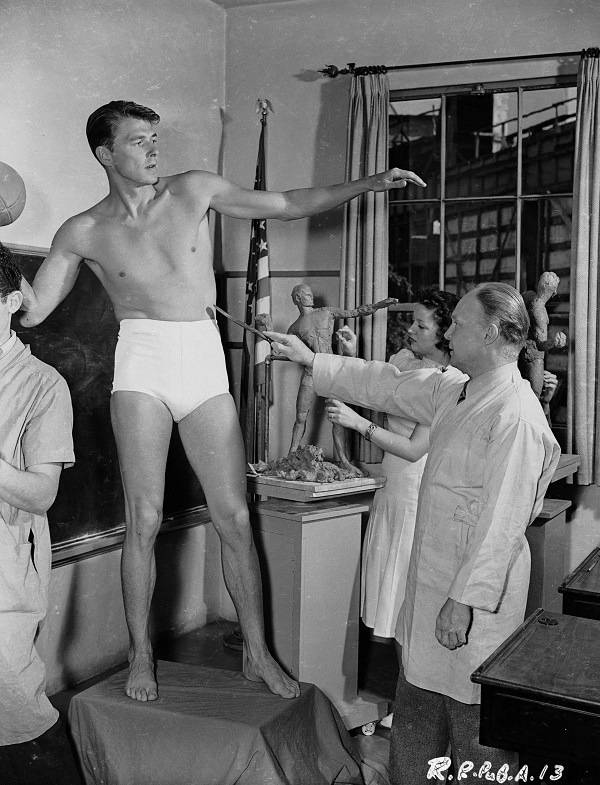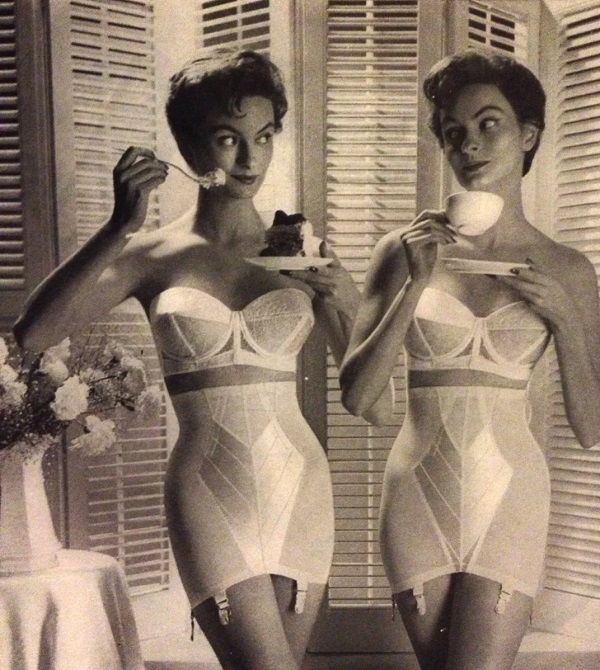In our latest article, part of our blog series on the history of underwear, we took a good look at various undergarments from Renaissance to Industrial Revolution, that is roughly from the 15th century all the way to the 19th century. The protagonists of this story were braccae and hoses, chausses and drawers, crinolines and pantaloons. However, it was the corset with its various transformations throughout the years that marked these two periods, since its development inevitably mirrors the story of gender itself, especially the story of women. In other words, one could say that the story of the corset is a paradigmatic her-story. As we saw, the corset was more than a piece of fabric, an underwear serving practical purposes. Rather, the corset was a symbol of patriarchal power that was nonetheless exerted directly on the bodies of women to the point of transforming their silhouette and anatomy. Here the beauty standards of each period prove themselves to be more than just an innocent fashion trend. In truth, corsets were a mobile prison, a procrustean device that literally imposed a certain posture and bodily schema that denoted the ‘proper’ place of women in these societies who were obliged to craft their image by the way of fashion in order to conform to strict ideals of femininity.
In what follows, we will track the story of underwear during the first half of the 20th century, the one closest to our historical present, when the fashion industry was formed into something that resembles its current form, the century of astronomic historical changes and rapid changes in aesthetic ideals, beauty standards, and fashion trends. During this period, even though underwear came in many designs and fabrics, the strict gender binary consolidated itself into the well-known marketing categories of menswear and womenswear. Undergarments were a means of expressing and performing a gendered self and at the same time, they became highly eroticized, an indispensable part of a growing sexual imagery in films and photography, television and magazines. The fact that underwear was mass-produced and diversified went hand in hand with the birth of modern-day marketing, a dream factory that helped created a shared visual culture where undergarments via advertising were drawn from the obscurity of privacy to the realm of the public sphere.
More specifically, the first half of the 20th century saw a series of cataclysmic events. It was the age of the two World Worlds that gave birth to the holocaust, the nuclear catastrophe, the end of the age of the empires with its concomitant decolonization, and the polarized Cold War. It also saw the first modern pandemic, that is the Spanish flu of 1918 which caused the death of millions of people worldwide, and the first modern financial crisis in terms of the collapse of a global economic system, namely the Great Depression of 1929. But it was also the century of great revolutions, such as the Russian Revolution of 1917, but also the revolution in sciences and technology. When it comes to fashion, the beginning of the century marks the end of the strict dress code and the beginning of the individualized style we know today thanks to greater freedom regarding stylistic choices and image-making. But the 20th century also saw the rise of powerful fashion houses and famous designers, the explosion of global brands, and the establishment of the celebrity-star system. Another important development was the introduction of man-made fibers: in the 1930s, it was latex and rubber yarn that paved the way for the development of more flexible undergarments, and in the 40s and 50s, the fabric technology was once again radicalized with the nylon and the polyester.




















 Login
Login